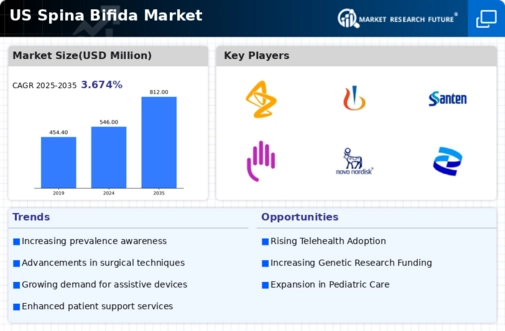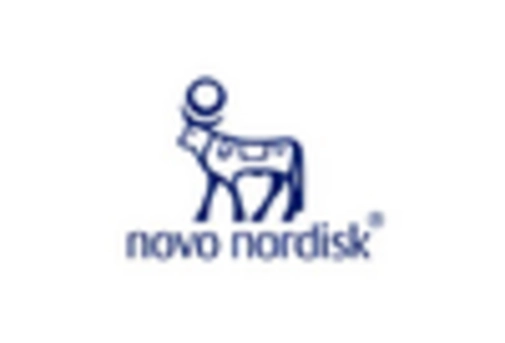The competitive landscape of the US Spina Bifida Market is characterized by a combination of established pharmaceutical companies and emerging biotechnological firms that are focused on addressing the unmet medical needs of patients suffering from this neurological condition. The intense competition drives innovation, leading to the development of advanced therapies, surgical techniques, and management strategies.
Several factors influence the competition in this market, including regulatory dynamics, the degree of investment in research and development, partnerships for product development, and the availability of government funding for treatments. The market is driven by an increasing prevalence of spina bifida, which creates a demand for effective treatment options and places a stronger emphasis on awareness and education regarding preventative measures.
AstraZeneca prominently positions itself within the US Spina Bifida Market by leveraging its extensive research capabilities, clinical expertise, and market presence. The company has invested significantly in the development of therapies aimed at improving patient outcomes and addressing the long-term complications associated with spina bifida.
AstraZeneca's presence in the market is bolstered by its well-established distribution networks and a strong foundation of collaborative relationships with healthcare providers and organizations that focus on neurological conditions. The company's commitment to innovation is reflected in its pipeline of products specifically designed to cater to the diverse needs of patients affected by spina bifida. Additionally, AstraZeneca emphasizes comprehensive patient education and support programs that enhance treatment adherence and improve overall health management.
Novartis maintains a competitive edge in the US Spina Bifida Market through its robust portfolio of products aimed at managing the complexities associated with the condition. The company's key offerings include innovative therapies that address neurological deficits, symptom management, and surgical intervention support.
Novartis has established a solid market presence bolstered by strategic mergers and acquisitions that have expanded its capabilities and resource allocation towards neurological disorders. The company's focus on research is further complemented by partnerships with various healthcare stakeholders, enhancing its ability to deliver value-driven solutions.
Novartis's strengths lie in its commitment to ongoing development through clinical trials and real-world evidence generation that support their therapeutic approaches. This proactive strategy enables Novartis to establish itself as a leader in the field of spina bifida treatment in the US, incorporating patient-centered initiatives aimed at improving quality of life for affected individuals.























Leave a Comment